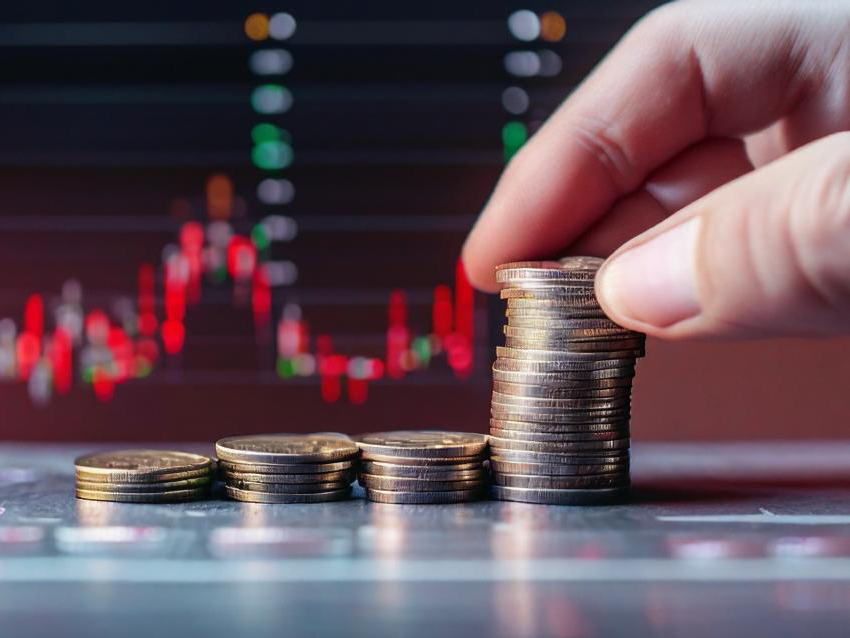 China Deploys ‘Triple Buffer’ to Shield Stock Market, Highlighting Well-Oiled Toolkit
China Deploys ‘Triple Buffer’ to Shield Stock Market, Highlighting Well-Oiled Toolkit(Yicai) April 9 -- China's central bank, sovereign wealth fund and financial regulator rolled out a ‘triple buffer’ of measures yesterday to shield the country’s stock markets after the US government’s unexpectedly high Reciprocal Tariffs triggered a global stock rout. This coordinated response demonstrates that China has developed a well-established mechanism for stabilizing its stock markets.
Central Huijin Investment will hike its holdings in companies listed on domestic bourses, the Beijing-based sovereign wealth fund said yesterday. A company official also said for the first time that Central Huijin will act as a "stabilization fund" for the stock market.
The People's Bank of China will provide ample support in the form of re-lending to assist Central Huijin with its stock purchases if necessary, the central bank said. And the National Administration of Financial Regulation also raised the percentage of equity assets that insurance companies can hold, which will spur insurers to buy more stocks.
Other large state-owned investment firms, such as China Reform Holdings, and major government-backed listed companies also swiftly pledged to follow suit.
These moves are a direct response to the panic selling in the mainland stock markets on April 7, Ming Ming, chief economist at CITIC Securities, told Yicai. They signal the government’s resolve to intervene with real financial support to curb irrational market fluctuations. The "Central Huijin + PBOC financing" model creates a flexible funding mechanism to stabilize markets and boost investor confidence.
These actions will quickly reverse the pessimistic market sentiment and curb panic selling, Ming said. In the long run, Central Huijin’s participation could guide capital toward core areas like tech innovation and key state-owned enterprises, fostering a "slow bull" trend in the stock market.
The new policy package sends three important signals, said Yao Yudong, chief economist at Dacheng Fund. It establishes an institutional safety net for China’s capital markets, reaffirms long-term confidence in these markets, and shows China’s commitment to deepening financial reform.
Central Huijin's role as a stabilization fund, coupled with the PBOC’s re-lending tools and expanded insurance fund equity investment capacity, forms a ‘triple buffer’ against market fluctuations and will significantly improve the system’s ability to manage risk in the country’s capital markets, Yao said.
Limited Impact
Despite the short-term shock, the unilateral US tariffs will have limited and manageable effects on China’s economy in the medium and long term, industry insiders told Yicai.
While Reciprocal Tariffs may hurt China’s imports and exports in the short term, China’s robust domestic market continues to drive economic growth, said Liu Xiangdong, chief macro analyst at Dagong Global Credit Rating. Therefore, from a medium- to long-term perspective, the impact of the US' unilateral tariffs on China’s economy is limited and manageable.
Building a unified domestic market and strengthening internal demand remains China’s fundamental strategy to counter trade protectionism, as it attracts high-end global resources, Zhang Monan, deputy director of the Institute of American and European Studies at the China Center for International Economic Exchanges.
Editors: Tang Shihua, Kim Taylor